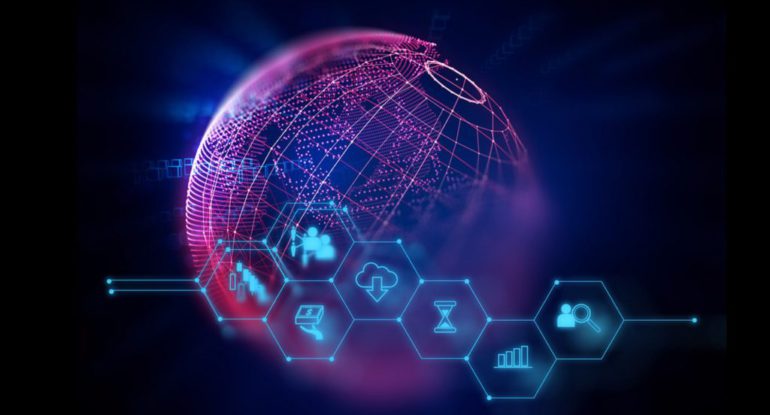Is Blockchain Slowly Becoming A Core Components Of Digital Payments?

Although Blockchain technology got its identity from the cryptocurrency king Bitcoin, it went to make a name solely for itself. The future is what we see in the present, as many traditional systems of industries are transforming into futuristic ones via Blockchain. Industries like payments, smart contracts, healthcare data sharing, supply chain management, and cybersecurity, among others, have readily accepted and adapted themselves into the Blockchain boom.
The distributed ledger system containing a dynamically dispersed peer-to-peer (P2P) topology amongst different stakeholders has a unique structural design. It is so secure that one cannot even think of tampering or gaining control over the network, which led to the establishment of a highly-secured, real-time communication network for all stakeholders. A system that functions across borders with complete visibility.
So is its transparency and better security, an indication that it can be used for digital payments and has the potential to become an essential part of digital payments.
Blockchain has proved that it has extreme potential to bring back industries when they are having a fall. An example would be the inherent inadequacies in the claim management system of the insurance sector amounted to a loss of INR 10,000 Cr annually. Now Blockchain solutions have come to the rescue, thus helping the industry come back to being efficient.
The government of India is also focusing on IndiaChain, which is considered to become the largest government-owned blockchain network across the world. Recently, India has opted to go for many digital innovations like the United Payments Interface (UPI). UPI is known for its low-cost instant bank transfers with an expected fee of INR 0.50, which will be 2% to 20% vis-à-vis IMPS (currently, UPI-based transfers are free of cost). Tech kings are utilizing their API for their proprietary remittance applications.
IndiaChain will be enabling the creation of self-applications of different industry players leveraging the more massive infrastructure. It accelerates the making of a decentralized and shared economy with unprecedented market visibility. The banking sector will go through a positive revolution in the various processes, which include KYC, international remittance, contract management, payments, and loans.
IoT-based self-help kiosks have got us rid of long queues at various retail checkpoints. This thus has a positive impact on the customer, helping them choose their products/services and complete the transaction and not get a sales agent involved. Customers are, therefore, powered by digital payments, which help in bringing a future that is less dependent on cash.
Similarly, ATC (all-time-cash) vans are reaching rural areas, which are almost two-thirds of our national population. These ATC vans comprise similar kiosks alongside a cash dispenser with effective reach to about XX villages. The rural areas are thus getting into the world of new-age payment mechanisms and services, and this is only boosting the growth of digital payments across the country.
We are at a stage where we see a merger of different processes, approaches, infrastructures, and sectors via digital technologies. Blockchain carries the capacity to make this transformation more safe, secure, and efficient.




























































